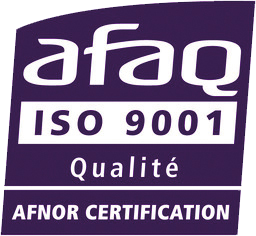Que recherchez-vous ?
Un contenu sur ce site
Une personne sur l'annuaire
Une formation sur le catalogue
Un contenu sur ce site
Une personne sur l'annuaire
Une formation sur le catalogue
In vitro pharmacoynamic evaluation of anti-infectious agents
The BSL2 lab in addition to the in vivo part includes an in vitro room (MSW 135) where are realized in vitro PK-PD experiments with different bacteria and antibiotics. This in vitro room is equipped with 2 microbiological safety cabinets (Herasafe KS 12 and MS 2020 1.2 Maxisafe, Thermo Scientific, France) and several incubators to carried out antibiotic resistance assessments in static concentrations of antibiotics: MIC, checkerboard, time-kill curves on different multidrug resistant pathogens species as Pseudomonas aeruginosa, Enterobacterales, Staphylococcus aureus and Mycobacterium abscessus.
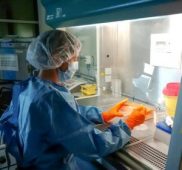
Microbiological safety cabinet in in vitro BSL2 lab
Recently, we have developed two In-house Hollow Fiber , this allow to study the in vitro efficacy of antibiotics by mimicking the pharmacokinetic of the antibiotic in a patient. Our system is able to fit with model including up to two antibiotics with different half-lives.
 |
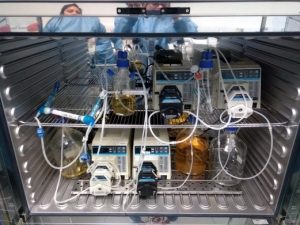 |
| Dedicated incubator for Hollow fiber experiments | Hollow fiber system mounted for two drugs |
The room is also equipped with CO2 incubator (Hera Cell) for in vitro intracellular model of infections (Pseudomonas aeruginosa, Mycobacterium abscessus).

CO2 incubator dedicated to intracellular model of infection
The BSL2 lab is now equipped with automated station to prepare and analyze microbiological experimentations with a pipetting robot (Assist Plus, Integra Bioscience) and to plate and count automatically bacterial colonies (Spiral Pro and Scan300, Interscience).
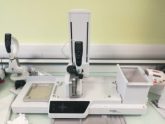 |
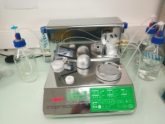 |
 |
|
Equipment for automation of microbiological experimentations with a pipetting robot (on the left), a SPIRAL automatic plater (center) and an automatic colony counter (on the right). |
||
A plate reader (Mithras LB940, Berthold) able to measure optical density, fluorescence and luminescence is also fully dedicated to experimentation with pathogens in the BSL2 laboratory.
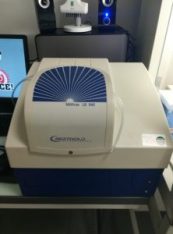
The lab is also equipped with a molecular biology station to characterize resistance mechanisms in pathogen (even on multi-drug resistant clinical isolates) as enterobacterales, Pseudomonas aeruginosa, Acinetobacter baumannii, Achromobacter xylosoxidans and Mycobacterium abscessus by different methods:
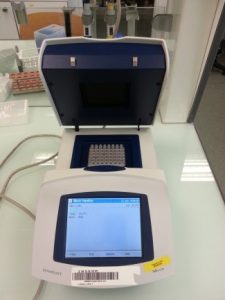 |
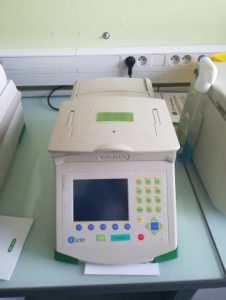 |
| Thermocyclers SensOQuest (on the left) and Bio-Rad icycler (on the right) | |
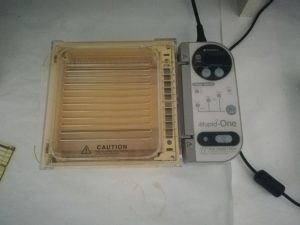 |
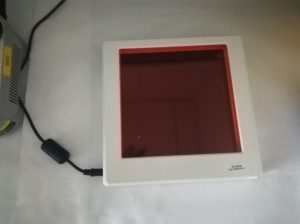 |
|
Gel electrophoresis system Mupid-One (on the left) and Thermo Safe Illuminator (on the right) |
|
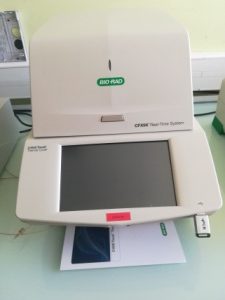
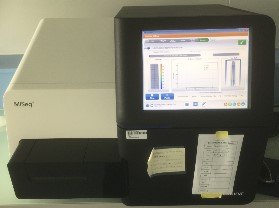 |
 |
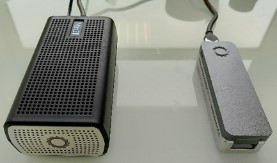 |
| Illumina Sequencing System Mi Seq | Illumina Sequencing System NextSeq550 | Nanopore Minlon connected to MinIT |
The BSL2 and molecular biology labs are running according to quality management rules and were awarded ISO 9001 certification in August 2019 (renewal october 2020).
